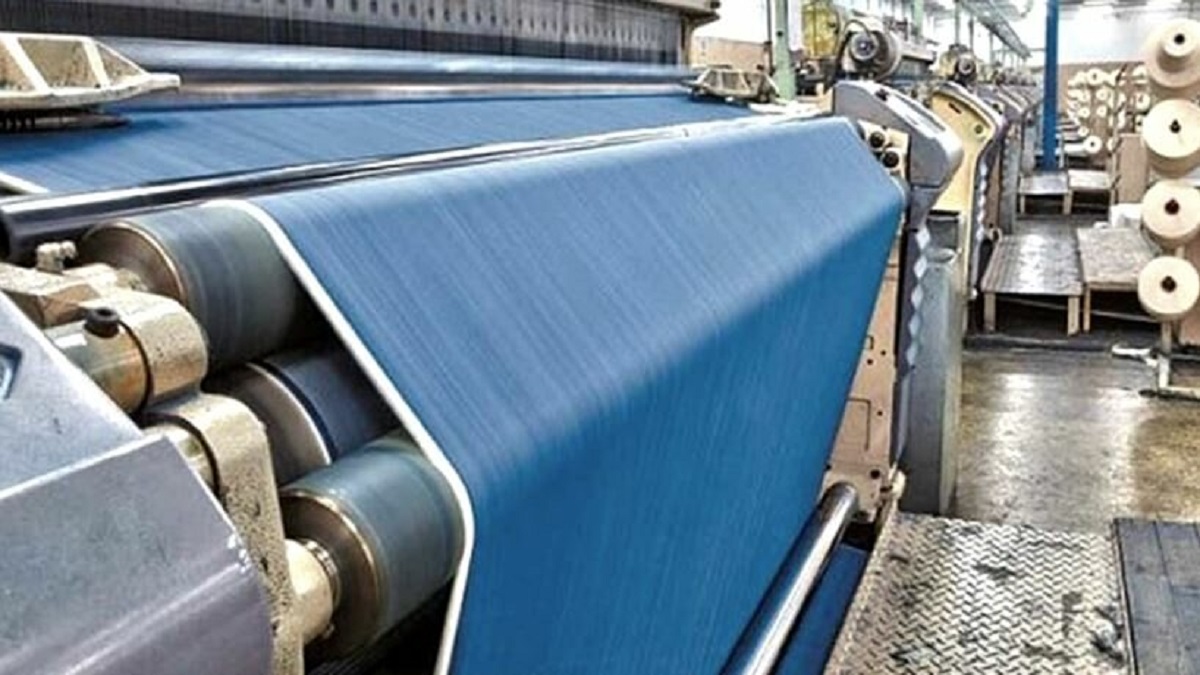Pakistan’s textile and clothing sector has been severely hit, witnessing a year-on-year decrease of 14.72% amounting to $15.03 billion during the first 11 months of the outgoing fiscal year. The Pakistan Bureau of Statistics (PBS) released this data on Monday, attributing the downturn to a spike in production costs and an ongoing liquidity crisis.
The figures for May highlighted a particularly steep decline, with exports tumbling 19.57% to $1.32 billion from $1.64 billion over the same period last year. This data presents an ominous forecast for the government’s efforts to achieve its export target, which is vital for replenishing the dwindling foreign exchange reserves.
The textile and clothing sector, a primary contributor to Pakistan’s exports, is encountering numerous hurdles. The challenges range from rocketing energy expenses, delayed reimbursements, and raw material shortages to a worldwide slump in demand. Despite the significant depreciation of the local currency, these obstacles are hampering export growth and endangering the country’s economic equilibrium.
The textile export sector’s performance has followed a downward trajectory since the onset of the current fiscal year. An exception to this trend was seen in August 2022, when a slight rise was observed due to carryover from the previous month’s backlog.
Read More: Russia Initiates Oil Exports to Pakistan with No Special Discounts, Minister Confirms
The PBS data also unveiled a shift in exports of specific products. Readymade garments saw a decrease in value by 10.28% during the first 11 months of the fiscal year 2022-23, but a substantial increase in quantity by 46.38%. Meanwhile, knitwear fell 12.94% in value but rose 9.34% in quantity. Bedwear posted a negative growth of 18.53% in value and 22.61% in quantity.
Towel exports also decreased slightly, dropping 10.56% in value and 12.93% in quantity. In contrast, cotton cloth dipped by 16.87% in value and a significant 24.22% in quantity.
Primary commodities experienced a similar trend. Cotton yarn exports decreased by 33.75%, while yarn other than cotton dropped by 32.91%. Exports of made-up articles, excluding towels, dipped by 18.55%, but exports of tents, canvas and tarpaulin registered an increase of 26.52% in the first 11 months of the fiscal year 2022-23.
The downward spiral also affected the import of textile machinery, which saw a steep decline of 56.04%. This serves as an indicator that expansion or modernization efforts are currently not a focal point for the industry.





















